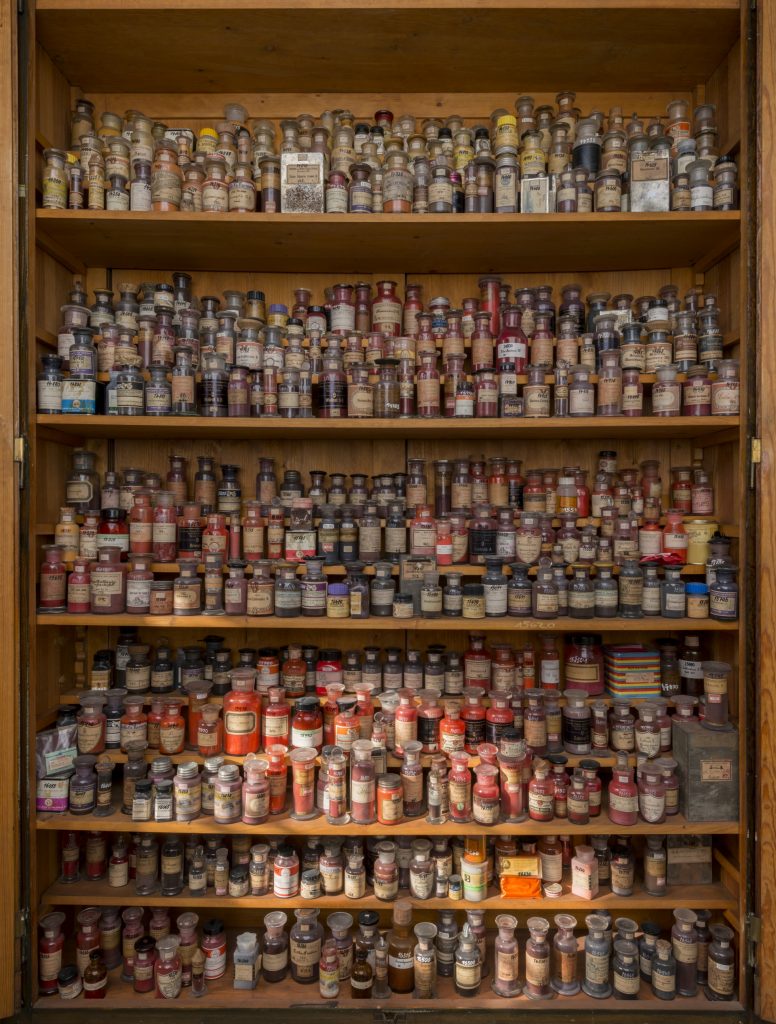
TU Dresden
Collection of Dyes
Continue reading → “COLLECTION OF THE MONTH: Collection of Dyes, TU Dresden”

TU Dresden
Collection of Dyes
Continue reading → “COLLECTION OF THE MONTH: Collection of Dyes, TU Dresden”
After being forced to close for six months due to budget cuts, SIU’s University Museum has reopened its doors to the public. SIU is located in Carbondale, Illinois, USA.
WM Weston Stoerger, the Curator of Exhibits, said, “We’re looking to become that cultural point for southern Illinois again.”
He’s looking to help the museum, which shuttered its doors in July because of the state budget impasse, return to its former glory.
“Because there are so few places like this in southern Illinois it’s really important that they stay around because arts are integral in any society,” he said. “You need to have them.”
Right now only the museum’s north hall is open but Stoerger says the south hall is currently under construction and will reopen in the future.
Adapted from a Jan. 6 article by Susan Snyder in the Philadelphia Inquirer.
LaSalle University in Pennsylvania has announced plans to sell 46 paintings from its art museum in order to raise money for other strategic priorities of the university.
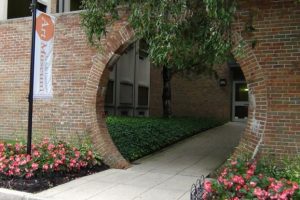
The university estimates it will raise between $4.8 million and $7.3 million, much of it for masterpieces including Jean-Auguste-Dominique Ingres’ Virgil Reading the Aeneid Before Augustus from 1865; Dame Elisabeth Frink’s sculpture Walking Madonna; Dorothea Tanning’s Temptation of St. Anthony;Georges Rouault’s Le Dernier Romantique (The Last Romantic); and Albert Gleizes’ Man in the City (L’Homme Dans la Ville).
The Association of Art Museum Curators slammed the plan in a statement. “This decision goes against fundamental best practices of museums, the very standards that have built and shaped the country’s tradition of establishing and preserving art collections for the public trust,” the group wrote.
Both the American Alliance of Museums (AAM) and the Association of Art Museum Directors followed with a statement, and the Task Force for the Protection of University Collections also informed La Salle of its opposition to the plan, said Lyndel King, director and chief curator of the Weisman Art Museum at the University of Minnesota and cochair of the task force.
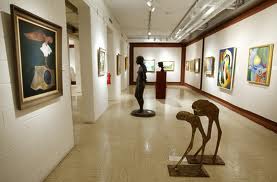
“Our major role is making sure that institutions understand the implications and potential consequences of what they are proposing to do,” King said, noting that other museums could refuse to lend traveling exhibits to the museum and essentially isolate it from collaboration with its peers. “We also want to make sure that donors and others know that this is being considered. It’s a black mark on the university. If I were a donor, I would certainly think about making another donation to a university that did that.”
Often university trustees and administrators don’t understand how inflammatory it is to sell art for purposes other than improving its collection and museum, or that the museums are an integral part of a college’s teaching, she said.
The task force formed around 2009 when Brandeis University in Massachusetts, like many schools stung by the recession and a loss in its endowment, proposed to close its Rose Art Museum and sell off the art. The museum, opened in 1961, had a loyal following who complained. Legal action ensued, and the plans eventually were scrapped.
For La Salle, a 3,200-student Catholic university that has struggled with a projected deficit and layoffs in recent years, criticism isn’t just coming from the art community. Alumni from other fields also have sounded off on social media. “Pretty soon it will be a trade school. Sad times,” Tierney Kelly, a 1998 graduate from Philadelphia, posted on Facebook. Kelly, a film publicist who majored in English literature at La Salle, said she visited the museum frequently as a student. Her projects for a class on Shakespeare took place there. “It was amazing to be able to conduct a class in a place like that,” she said. Later, she worked in La Salle’s admissions office and touted the museum as a selling point. “It was a gem for the university,” she said.
La Salle, in the Logan section of Philadelphia, intends to keep the museum open and replace works on display that are being sold with other pieces from its collection. But alumni worry that with the sale of such prominent pieces the museum won’t be the same.
Vinny Vella, a 2012 communications graduate who currently works as a reporter at the Hartford Courant, said the “paltry” amount La Salle stands to raise isn’t worth it. “La Salle has certain assets that make it valuable to the students and one of those assets has always been its art museum,” said Vella, a former Daily News reporter. “If La Salle is willing to sell off parts of its art collection, what else is it willing to sell?
UMAC is delighted — and grateful — that ICOM-USA granted us a subsidy towards the organisation of our annual conference at the University of Miami, Florida.

Jointly organised with the Association of Academic Museums and Galleries (AAMG), UMAC expects this annual conference to be its largest ever.
See more about UMAC-AAMG 2018 here.
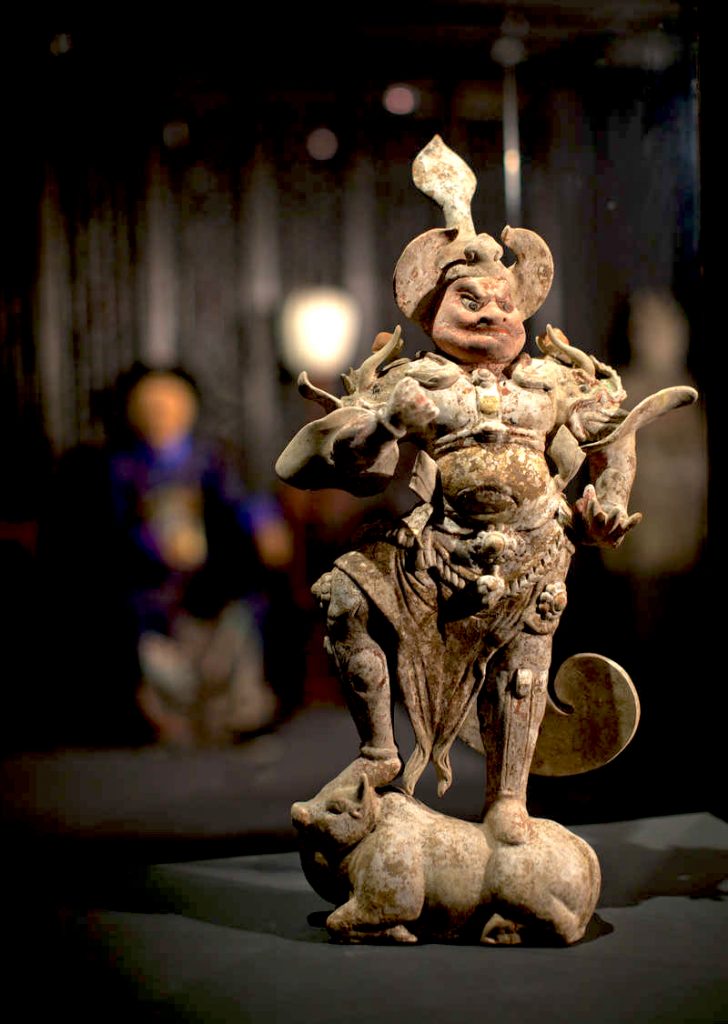
跳龍門鄉土藝術博物舘
Jumping over the Dragon Gate Folk Art Museum
Continue reading → “COLLECTION OF THE MONTH: Jumping over the Dragon Gate Folk Art Museum”
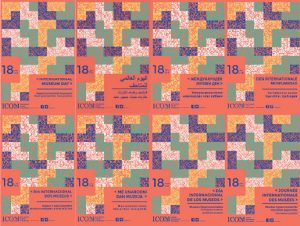
UMAC invites all its members, as well as the broader community of university museums, collections and galleries to commemorate the INTERNATIONAL MUSEUM DAY 2018.
Promoted by ICOM, the IMD 2018 takes place around May 18. It is a global event, with more than 36,000 museums from 157 countries participating last year.
Read more and register your activities here.
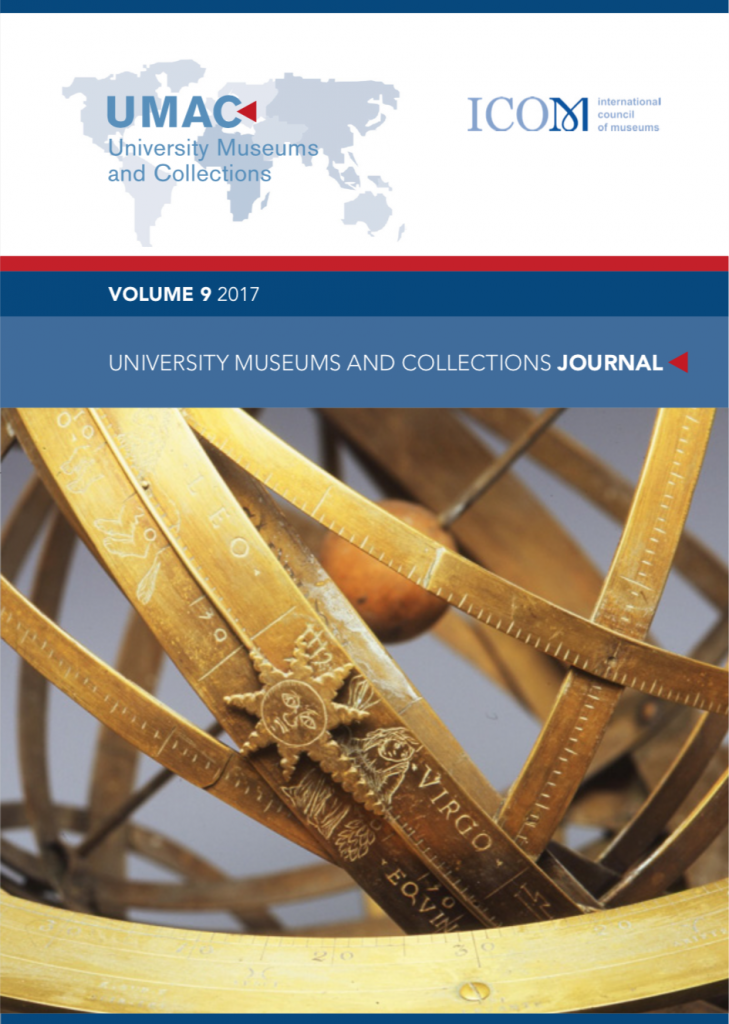
Issue No. 9 of our journal UMACJ was just launched! It includes papers presented at the 2016 UMAC Annual Conference in Milan, Italy.
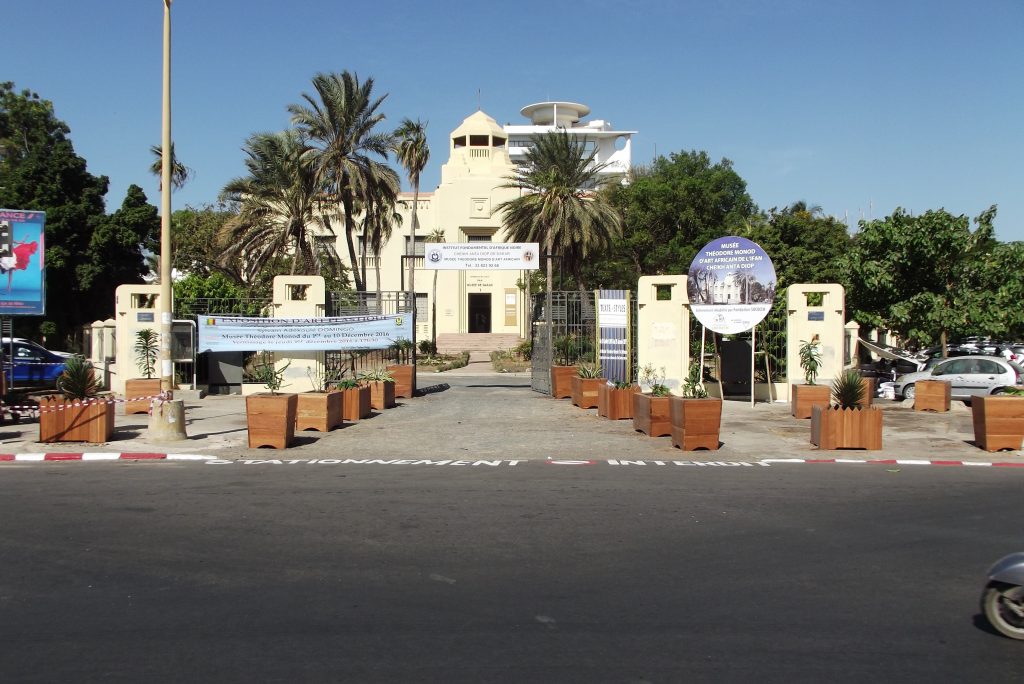
Musée Théodore Monod d’Art Africain, Senegal!
Continue reading → “COLLECTION OF THE MONTH: Musée Théodore Monod d’Art Africain”
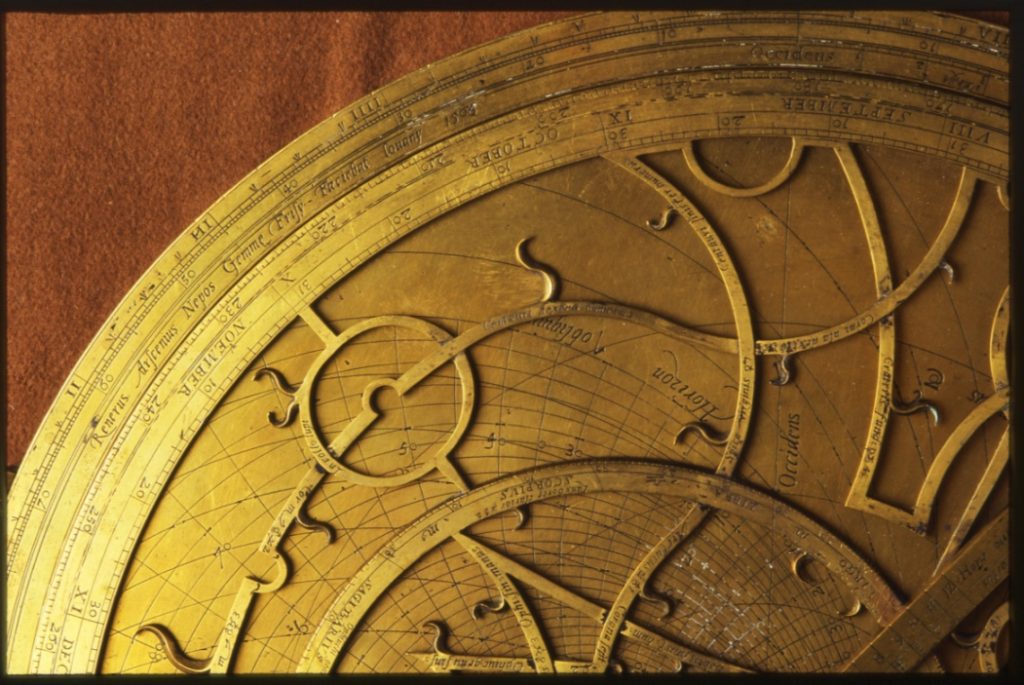
Museo di Storia della Fisica, University of Padua, Italy!
Continue reading → “Collection of the Month: Museo di Storia della Fisica, University of Padua”
In the beautiful Palazzo Bo, University of Padova, home to the oldest Anatomical Theatre in the world (1495), several national and international experts will debate the evaluation of ‘third mission’ activities in Italian universities.
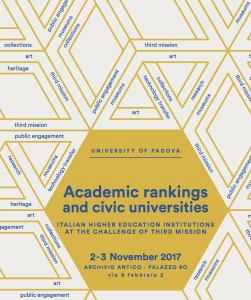
UMAC has been invited to reflect on the role of museums, collections and heritage in the ‘third mission’, and how this role can be measured.
The meeting is promoted by ANVUR, the Italian Agenzia Nazionale di Valutazione del Sistema Universitario e della Ricerca.
See programme here.